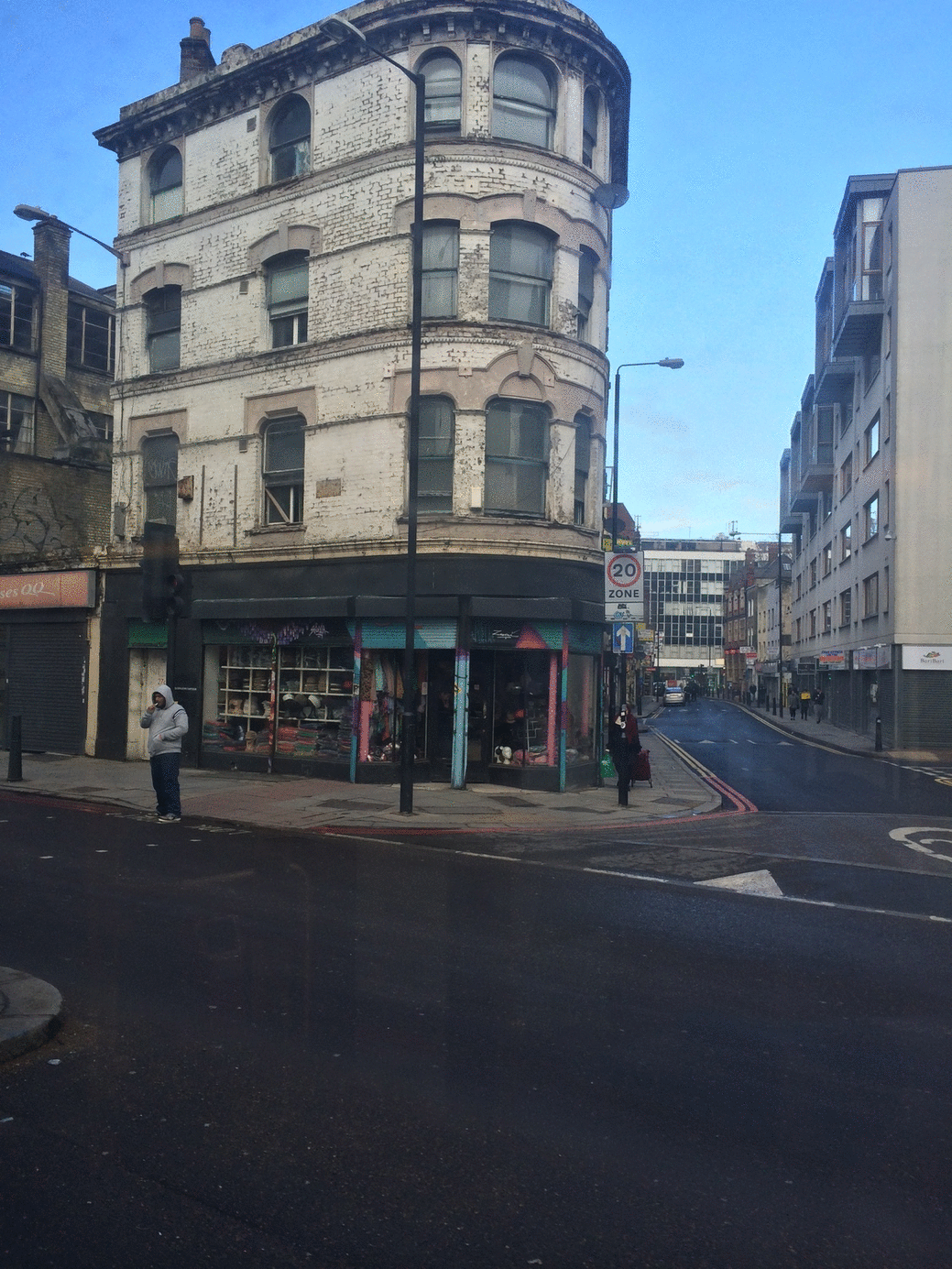What are the objectives of the Health and Safety at Work Act
(1974)?
- Securing the health, safety and welfare of persons at work
- Controlling the keeping and use of explosive or
highly flammable or
otherwise dangerous substances, and
usually preventing the unlawful acquisition, ownership and use of such
substances.
- Protecting persons, other than persons at work,
against risks to health or safety
arising out of or in joining with the activities of persons at work
What are the duties of employers towards substances used at
work?
The duties employers use towards substances used at work
are;
- Perform such testing and examination as may be
necessary to ensure safety
- Take such steps as are necessary to secure that
persons supplied with the substance are provided with adequate information
about the any risks to health or safety to which the inherent properties
of the substance may give rise, about the results of any relevant tests
which have been carried out on or in connection with the substance and
about any conditions necessary to ensure that the substance will be safe
and without risks to health at all such times as are mentioned in
paragraph (a) above and when the substance disposed of; and
- Ensure that the substance will be safe and without
dangers to health at all times when it is being processed, handled, used,
stored or transported by a person at work or in work grounds
- Take such steps as are necessary to secure, so far
as is reasonably practicable, that persons are provided with all such
revisions of information as are necessary by reason of its becoming known
that anything gives rise to a serious risk to health or safety.
What are the objectives of the Control of Substances
Hazardous to Health Regulations?
·
You can prevent or reduce workers exposure to hazardous substances by:
·
deciding how
to prevent harm to health (risk assessment[1])
·
Planning for
emergencies.
·
keeping all
control measures in good working order
·
making sure
they are used
·
providing
monitoring and health surveillance in appropriate cases
·
Planning for
emergencies.
·
providing
information, instruction and training for employees and others
·
providing
control measures to reduce harm to health
What industries does the Control of Substances Hazardous to
Health Regulations cover?
- ·
Printing
- ·
Paper
- ·
Textiles
- ·
Rubber
- ·
Retail
- ·
Catering
- ·
Welding
- ·
Engineering
- ·
Hairdressing
What is a substance hazardous to health as defined by the
COSHH?
COSHH
covers substances that are hazardous to health, these include;
Products containing chemicals, fumes,
dusts, vapours, mists, Nanotechnology, Gases and asphyxiating gases and Biological
agents (germs). Germs that cause diseases[1] such as leptospirosis or legionnaires disease and germs used in laboratories.
Dusty or fume-laden air can cause lung diseases, e.g. in welders, quarry
workers or woodworkers. Metalworking fluids can grow bacteria and fungi which
cause dermatitis and asthma. Flowers, bulbs, fruit and vegetables can cause
dermatitis. Wet working, e.g. catering and cleaning, can cause dermatitis.
Prolonged contact with wet cement in construction can lead to chemical burns
and/or dermatitis. Benzene in crude oil can cause leukaemia.
What advice does COSHH give to protect
yourself when working with hazardous materials?
What are the aims of the Health and Safety (Display Screen
Equipment) Regulations 1992?
·
Analyse workstations to assess and reduce risks
·
Provide eye and eyesight tests on
request, and special spectacles if needed
·
Make sure controls are in place
·
Provide information and training
·
Review the assessment when the user or
DSE changes
What problems are associated with display screen equipment?
Some workers may
experience fatigue, eye strain, upper limb complications and backache from
overdoing or improper use of DSE (Display Screen Equipment). These problems can
also be experienced from poorly designed workstations or work environments. The
causes may not always be obvious and can be due to a combination of factors.
What advice do they give to make working with display screen
equipment more comfortable?
·
Make sure individual characters on the screen are sharp, in focus and
don’t flicker or move. If they do, the DSE may need servicing or adjustment.
·
Adjust the brightness and contrast controls on the screen to suit lighting
conditions in the room.
·
When setting up software, choose text that is large enough to read easily
on screen when sitting in a normal comfortable working position.
·
Select colours that are easy on the eye (avoid red text on a blue
background, or vice versa).
·
Make sure the screen surface is clean.
Put knowledge into
practice:
Complete a risk
assessment for the following activities that have taken place:
Editing images on the computer














